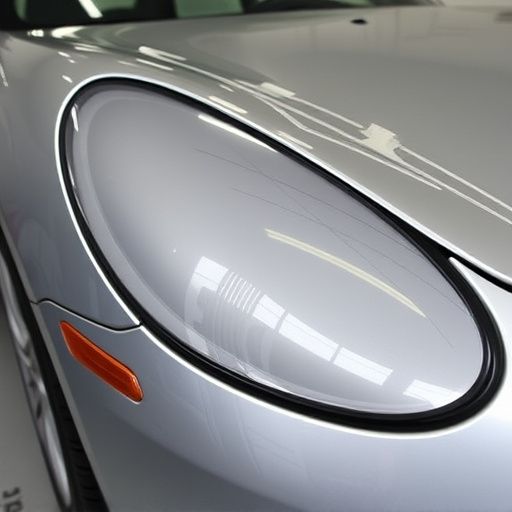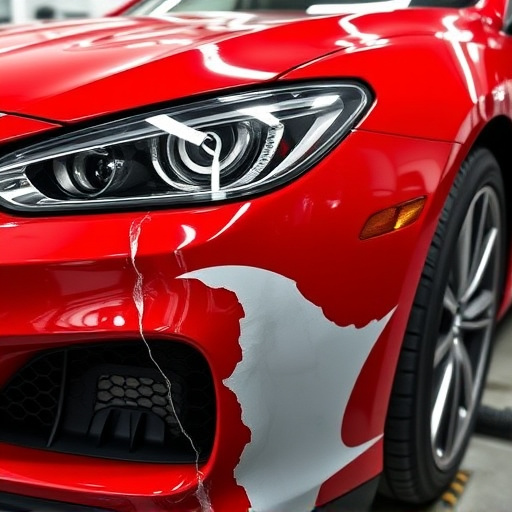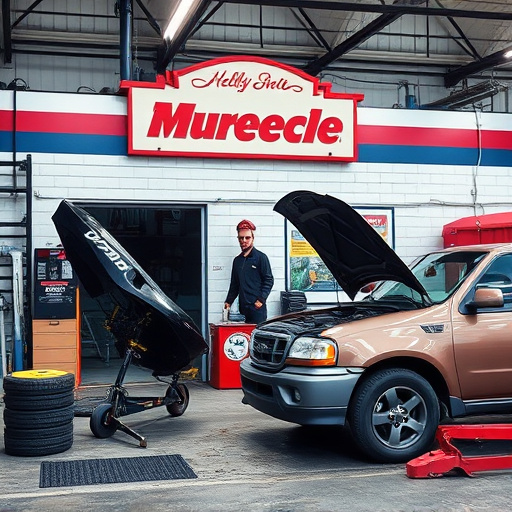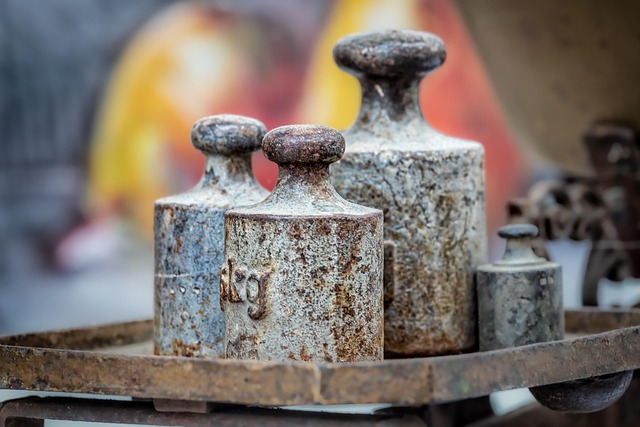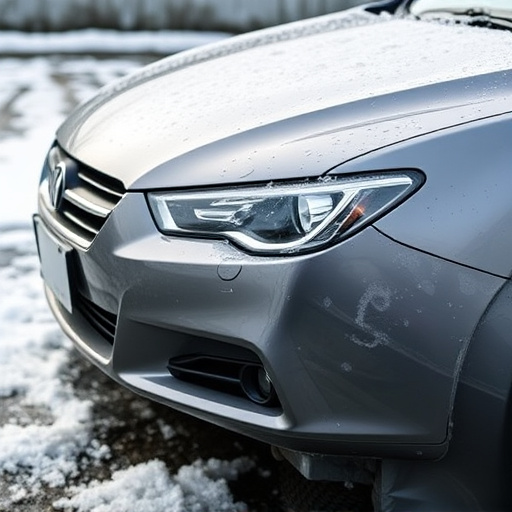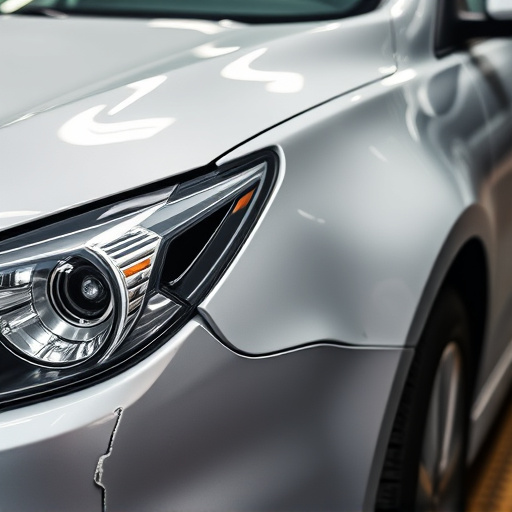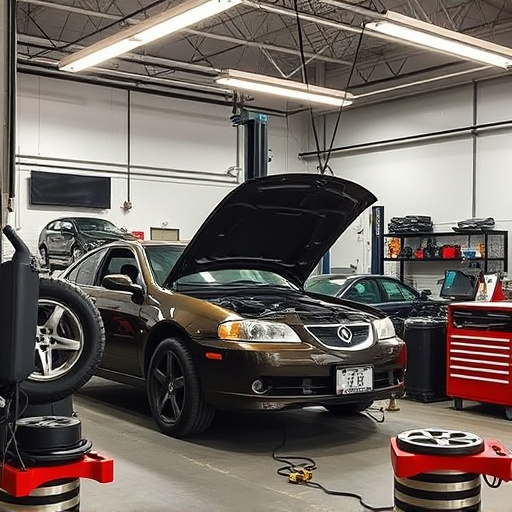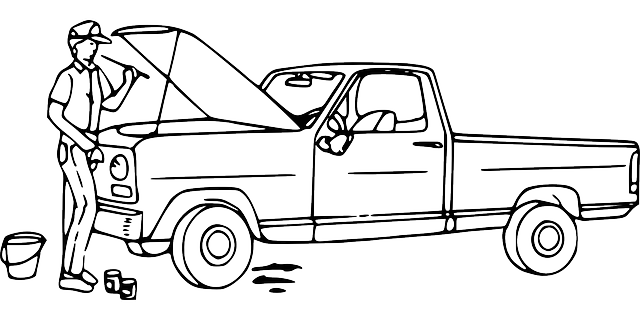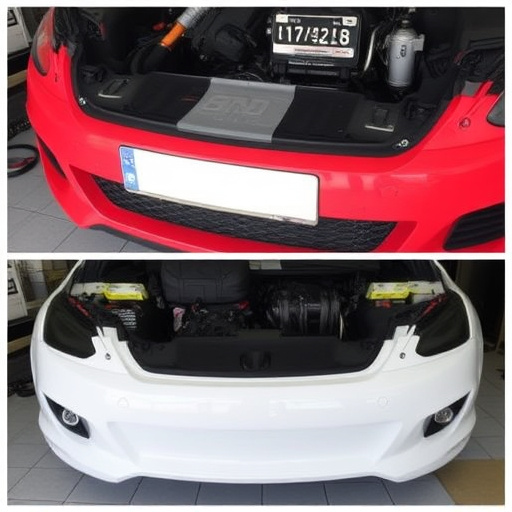Mobile collision paint service units offer convenient and efficient repairs, reaching clients at their locations with advanced technology and skilled technicians for high-quality finishes. While complex jobs might require specialized equipment or weather conditions can impact work quality, these units excel at addressing minor dents, scratches, and paint touch-ups without traditional shop wait times or costs, ensuring top-quality collision paint service through advanced training, state-of-the-art equipment, and effective communication.
In today’s fast-paced world, convenience is key. Can mobile units revolutionize collision paint service, bringing quality repairs directly to customers? This article explores the viability of mobile collision repair as an alternative to traditional shop-based services. We weigh the pros and cons, delve into ensuring consistent quality, and uncover solutions for challenges unique to mobile painting. Discover how this innovative approach could transform the industry and enhance customer experiences in collision paint service.
- Mobile Units: A Viable Option for Collision Paint?
- Pros and Cons of On-Site Collision Repairs
- Ensuring Quality: Challenges and Solutions in Mobile Painting
Mobile Units: A Viable Option for Collision Paint?
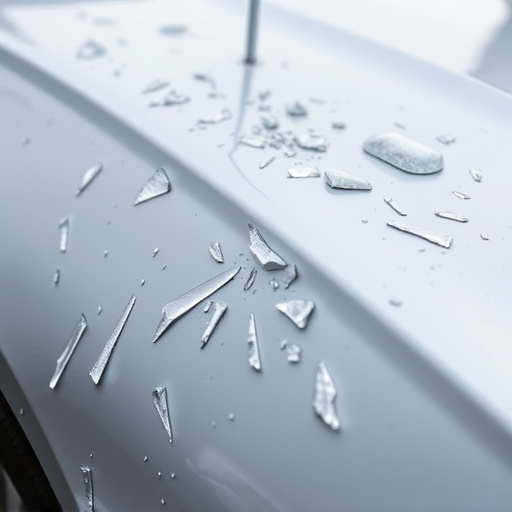
Mobile units offer a unique proposition for collision paint service—a viable alternative to traditional, fixed workshops. In today’s fast-paced world, where convenience and accessibility are paramount, mobile services cater to the growing demand for immediate and efficient vehicle paint repair solutions. These units, equipped with state-of-the-art technology and trained professionals, can reach clients directly at their locations, whether it’s a busy garage, a roadside, or even a private driveway.
This approach is especially beneficial for those seeking classic car restoration or meticulous car bodywork. By eliminating the need for customers to transport their vehicles, mobile units save time and potentially reduce the risk of further damage. Moreover, the convenience extends to businesses as well, allowing them to expand their services, tap into new markets, and offer a level of flexibility that static facilities might struggle to match.
Pros and Cons of On-Site Collision Repairs
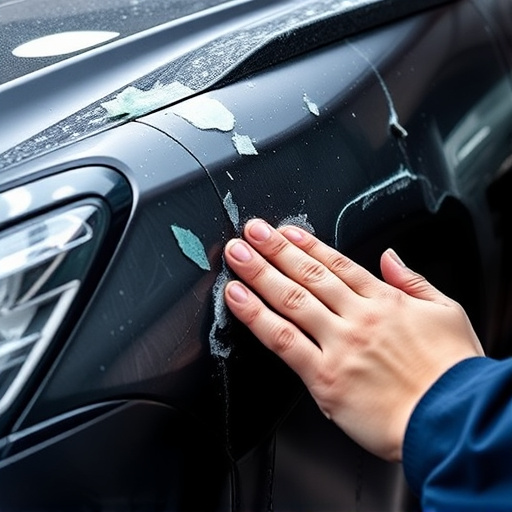
On-site collision repairs offer several advantages when it comes to delivering quality collision paint service. One of the key benefits is convenience; customers can have their vehicles repaired at a location and time that suits them, eliminating the need for long trips to workshops. This is especially appealing for those with busy schedules or limited mobility. Additionally, mobile units are equipped with state-of-the-art tools and technology, allowing for precise work and high-quality finishes. The ability to perform repairs on-site also means less downtime for customers, as their vehicles can be ready for use sooner.
However, there are some drawbacks to consider. On-site repairs might not always match the level of specialized equipment and expertise found in dedicated collision repair facilities. Complex jobs may require specialized tools or techniques that are not readily available on a mobile unit. Moreover, weather conditions can impact work quality and timelines. Despite these potential cons, with skilled technicians and well-equipped mobile units, on-site collision repairs can still provide excellent results for many common issues, including minor dents, scratches, and paint touch-ups, ensuring vehicle aesthetics without the wait or expense of traditional repair shops.
Ensuring Quality: Challenges and Solutions in Mobile Painting
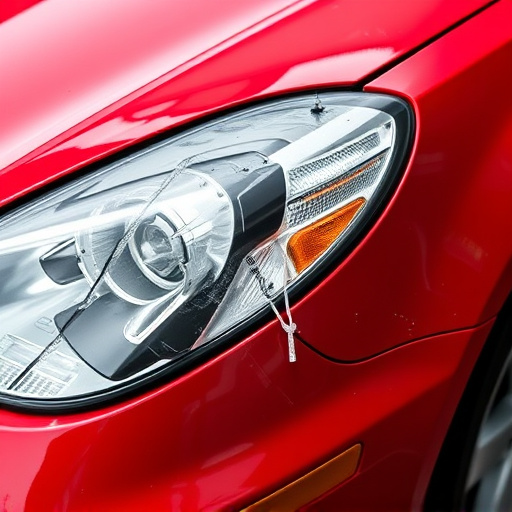
Ensuring top-quality collision paint service in a mobile setting presents unique challenges. Unlike dedicated collision centers with vast resources and controlled environments, mobile units must adapt to various locations and conditions. The primary concern is maintaining precision and consistency during repairs, especially when dealing with intricate car body shapes and complex paint finishes. One solution is implementing advanced training programs for technicians, who learn to work efficiently on the go while adhering to strict quality standards.
Mobile painting also requires state-of-the-art equipment capable of replicating factory results. This includes sophisticated spray booths and precise airbrushing tools that can handle different car sizes and surfaces. Additionally, utilizing high-quality paints and primers from reputable manufacturers ensures durability and longevity in repairs, even after a fender bender. Effective communication between the mobile unit and the customer is vital; clear expectations set before the process begins help manage expectations and ensure the final product meets or exceeds their standards, regardless of the location of the collision center.
In considering whether mobile units can deliver quality collision paint service, it’s evident that while there are challenges—such as limited space and equipment portability—the pros outweigh the cons. On-site repairs offer convenience, faster turnaround times, and reduced costs for customers. To ensure consistent quality, mobile painting teams must invest in specialized training and high-quality tools tailored for their unique setting. By embracing innovative techniques and staying committed to excellence, mobile units have the potential to revolutionize collision paint service, providing top-tier results in the comfort of customers’ locations.
